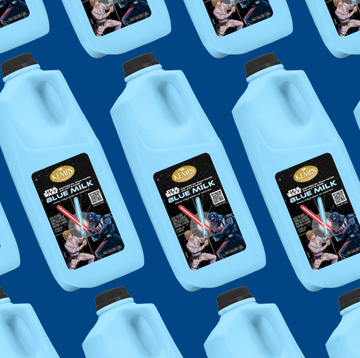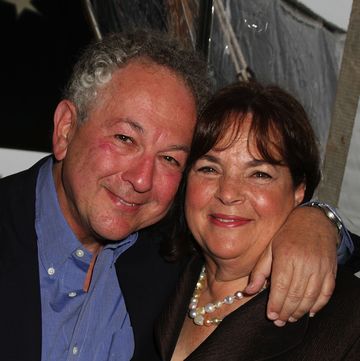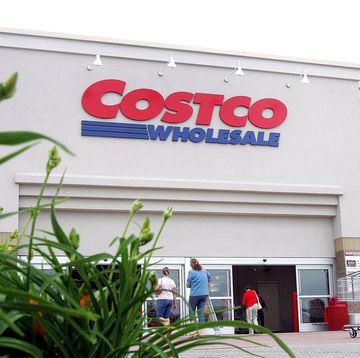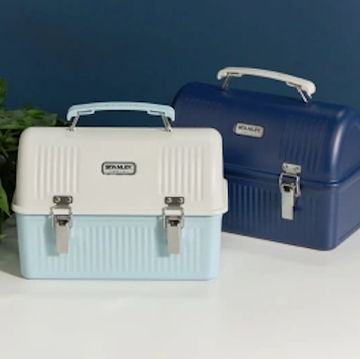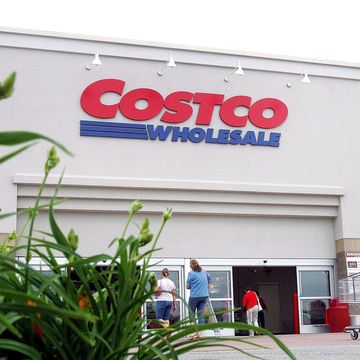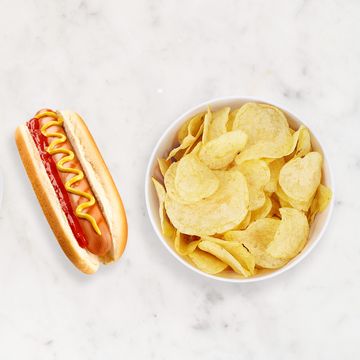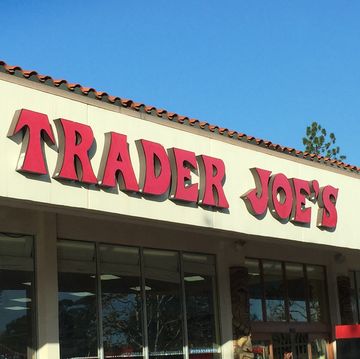The lumpy citrus fruit you see above has been around for longer than your social media feeds would have you believe. (Full props to Instagram/Sumo citrus influencer Eva Chen, though, for bringing the stuff back into the public eye over the past few months). What exactly is the special fruit? We're so glad you asked—because we've got all the answers.
Yeah, that's my first question. What actually is this fruit?
Put simply, these are seedless, easy-to-peel mandarin oranges that only began shipping to the United States, Canada, and Australia within this past decade. According to the company that produces them in the U.S., the fruit was originally developed by "a farmer in Japan where it is known as a dekopon—a cross between a Kiyomi (a cross between a tangor, satsuma, and Trovita orange) and a Ponkan (a mandarin and a pomelo)." Back in 2012, the New York Times reported it took about 30 years to properly develop the fruit. It remains a revered food in Japan where it's oftentimes given as a gift.
Why's it called "Sumo citrus?"
Ah, this is a fun one. Well, it's Japanese in origin (like Sumo wrestling), it's bigger in nature (like a Sumo wrestler), and it's always got a little top knot-type bump on its head (see the last parenthetical).
Does it taste...weird?
Oh, god, no! It tastes delicious. To be fair, some who've tried them around the Delish offices have noted they taste just about the same as any other orange and/or mandarin they've tried. Most—myself included—believe the fruit to be sweeter and taste more predominantly of citrus than regs oranges.
And even if the taste doesn't feel special to you, the eating experience is easier. They truly peel very quickly, as the fruit is already a bit more separated from the skin, and have (almost) no seeds you might accidentally crunch on.
Are they priced like regular oranges?
Lol, nah. They oftentimes go for north of three dollars a pound, but it depends where you're shopping.
...Why are they so expensive?
It turns out it takes the tree that ultimately bears this fruit about four full years before it actually does so, so that certainly plays a factor. Also, they're shipped from only one California facility, which Sumo Citrus calls "the only facility in North America gentle enough to pack a Sumo Citrus." Also also, they look cool and supply is limited. Popular = expensive, my friends.
Mmm. Still want 'em. Where can I buy 'em?
The producer keeps a convenient running list of U.S. Sumo citrus suppliers on their site. If you're too lazy to click out through (which, honestly, I get it), TJ's, Whole Foods, Wegmans, and ShopRite all have them, as do a bunch of other more local supermarkets across the country.





